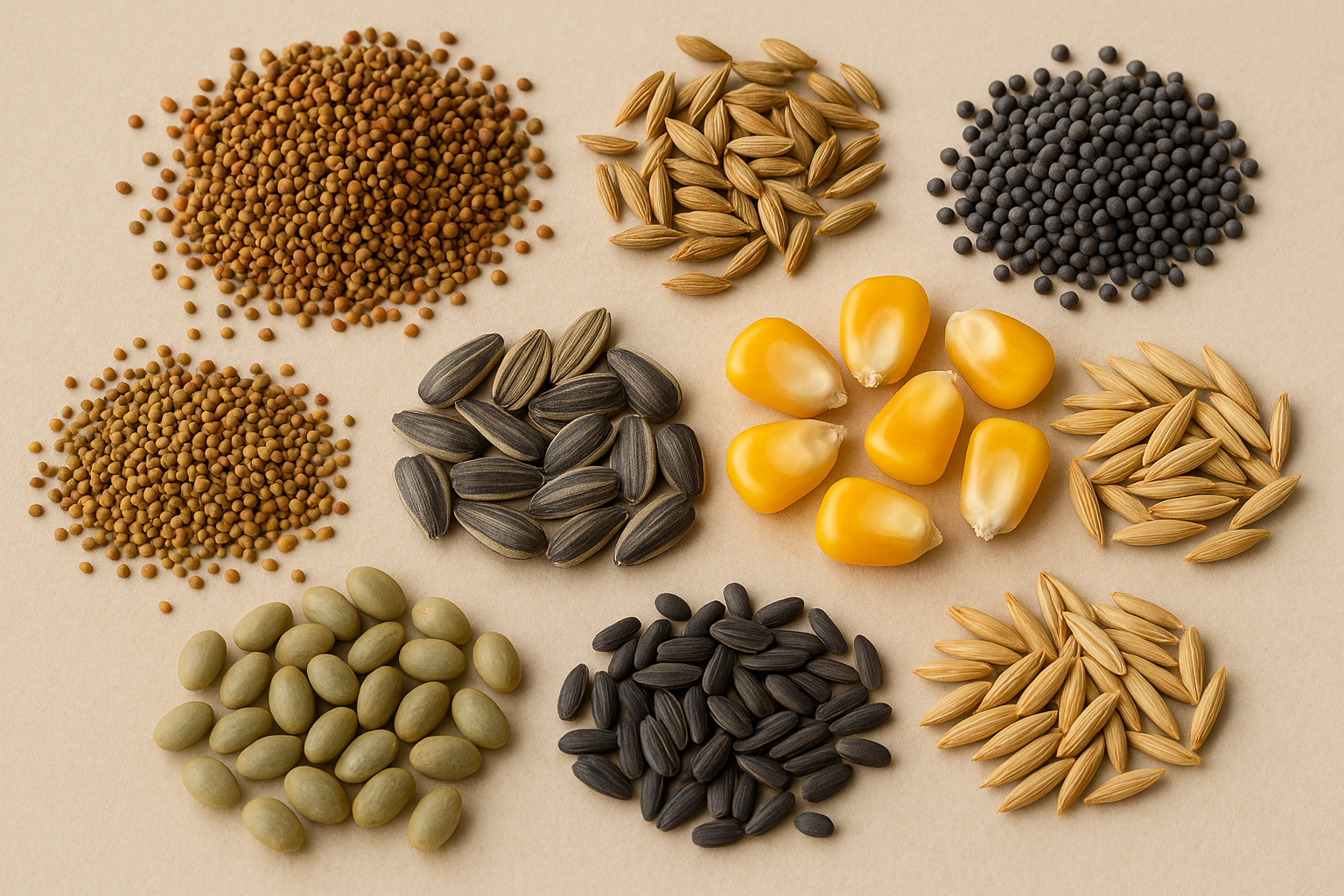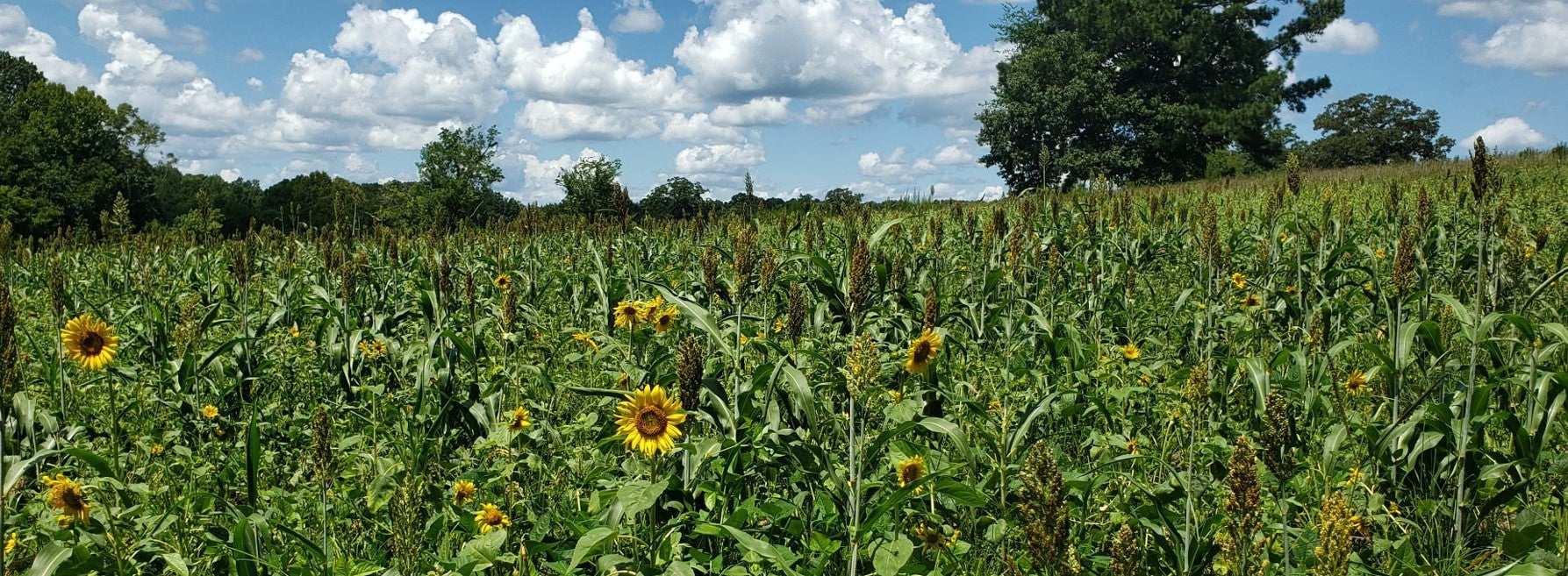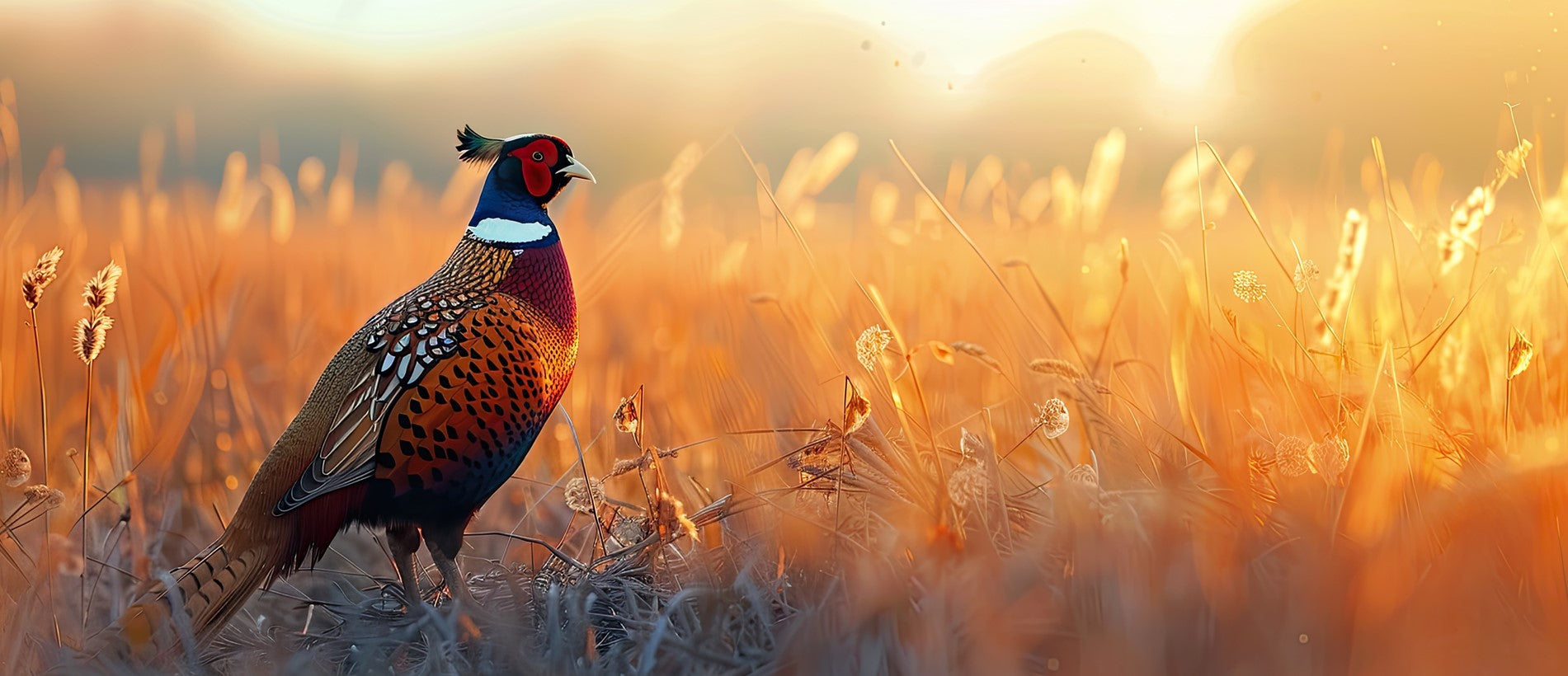Improving Nutrition
You’ve heard the saying, “You are what you eat.” Is that ever true in deer management! Poor food, poor deer – good food, good deer. It’s just that simple. No other area of deer management has the potential to make such a difference in deer quality…and quantity…as nutrition. And, is there ever a need to do it!
In many places, long-term overcrowding has so damaged native habitat that nutritious browse has all but disappeared. And, even reducing deer numbers won’t necessarily bring it back. As one biologist says, “Deer in many areas are eating the nutritional equivalent of lettuce. And if you cut deer numbers in half, the remaining deer just have twice as much lettuce.”
Lettuce may be filling, but as far as nutrition goes, it ain’t much. In much of the whitetail’s range, it’ll take aggressive management to put good food back in front of deer. What are the options?
Well, you can try to improve the natural habitat with such things as prescribed burning, thinning timber, creating openings, fertilizing native food plants and, of course, reducing deer numbers. But, all this takes time to bring results and success can be somewhat limited both in terms of improvement in deer size and the number of deer the habitat can support in good condition. Gains through natural habitat improvement tend to be gradual and incremental. And, not all landowners welcome some of the habitat improvement practices.
Then, there’s supplemental feeding; that is, the direct feeding of such things as protein pellets, corn, soybeans, grains, cottonseed and the like. The right supplemental feed can definitely improve the nutritional plane, but as long as reasonably good native browse is available, deer tend to hold their intake of supplemental feed to no more than about 25 percent of their daily diet, thus limiting its impact on deer quality and numbers. True, if you stress the habitat and limit the availability of browse, deer will eat more supplemental feed and will prosper on it, as evidenced by the huge bucks grown in pens and on densely stocked game farms. Direct feeding does have the advantage of being relatively easy to use and can be employed on most any property, but it is expensive, can encourage the spread of disease and parasites and may not be legal to hunt over.
Lastly, food plots. Nothing has the potential to improve the nutritional plane like serious food plots. Deer view food plots as a browse mecca and will readily shift their feeding from native browse to high-quality food plots. Under serious food-plot programs that provide abundant year-round nutrition, we’ve seen food-plot forage make up as much as 70 percent of the deer’s diet…on good native habitat! When you substitute relatively low-quality native browse with loads of high-nutrition food-plot plants, the results on deer numbers and size can be nothing short of amazing…without damaging the native habitat! We’re talking about quantum improvements in deer size and numbers! And, food plots can be legally hunted, tend to hold deer on the property and are great for game viewing. But, they are expensive, subject to crop failure, and can’t be planted on some tracts because the land is not tillable and/or because of land use conflicts. Still, there is magic in food plots.
Next time, were going to look more closely at food plots and how you can take advantage of this awesome management…and hunting…tool. I’m David Morris. See you then.
Posted by David Morris











Leave a comment